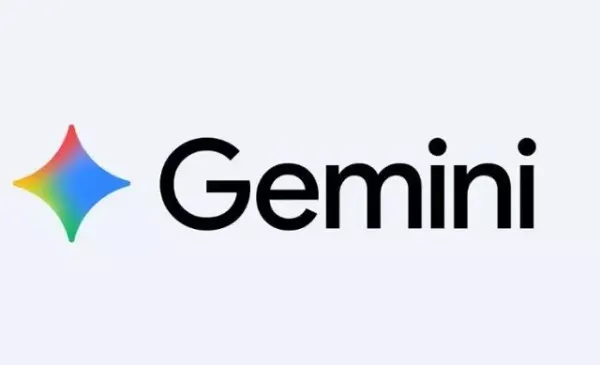
In times of urgent financial need, selling off long-term investments may not always be the wisest decision. Fortunately, there are smarter ways to arrange funds without liquidating your assets. Fixed Deposits (FDs), gold, and stocks can all serve as collateral to avail loans, but each comes with its own set of rules, risks, and interest rates.
Here’s a detailed comparison to help you understand which option is the most suitable based on your specific needs.
1. Loan Against Fixed Deposit (FD): Safe and Affordable
If you have an active FD with a bank, taking a loan against it is among the safest and most convenient options.
-
Loan-to-Value (LTV): 90% to 95% of the FD amount
-
Interest Rate: Usually just 1%–2% above the FD interest rate
-
Processing Time: Fast, with minimal documentation
-
Risk: Almost zero, as your capital is protected
Why Choose This?
It’s ideal for conservative borrowers who prefer low interest rates, secure processing, and want to retain their investment returns.
2. Loan Against Gold: Best for Quick Cash Needs
Gold loans are among the most popular choices in India for immediate liquidity. You can pledge gold jewelry or coins and receive funds within hours.
-
Loan-to-Value (LTV): Up to 75% of the gold’s market value
-
Interest Rate: Typically ranges from 9% to 14%
-
Processing Time: Quick; funds can be disbursed on the same day
-
Risk: If gold prices fall, the lender may ask for more security
Why Choose This?
Gold loans are a great option when you need instant cash and have idle jewelry at home. However, be mindful of gold price fluctuations, which can affect your borrowing capacity.
3. Loan Against Shares or Mutual Funds: High Risk, Moderate Return
If you hold listed shares or mutual fund units, you can pledge them to get a loan. However, this method involves market volatility and lower LTVs.
-
Loan-to-Value (LTV): Around 50% of the share value
-
Interest Rate: Between 10% and 13%
-
Processing Time: Moderate, with slightly more documentation
-
Risk: If stock prices fall, you may have to deposit more shares (margin call)
Why Choose This?
Suitable only for financially savvy investors who are comfortable with stock market risk and understand equity margin requirements.
Understanding LTV (Loan-to-Value): A Key Factor
Loan-to-Value is the percentage of your asset’s current market value that a lender is willing to lend.
-
FDs offer the highest LTV: up to 95%
-
Gold offers a moderate LTV: up to 75%
-
Shares offer the lowest LTV: around 50%
A higher LTV means more loan value, while a lower LTV offers more security to the lender but less cash to the borrower.
Interest Rate Comparison: What Will You Pay?
| Asset Type | Approx. LTV | Interest Rate (Avg.) | Risk Level |
|---|---|---|---|
| FD | 90–95% | FD rate + 1–2% | Very Low |
| Gold | Up to 75% | 9% – 14% | Moderate |
| Shares | Around 50% | 10% – 13% | High |
Interest rates directly impact your total loan repayment. Always compare the final payable amount, not just the interest rate, when evaluating options.
Which Option Should You Choose?
-
Choose FD Loan if you want a low-risk, low-interest, and hassle-free process.
-
Opt for Gold Loan if you need quick cash and have unused gold at home.
-
Go for Loan Against Stocks only if you are market-savvy and can handle price volatility.
Final Thoughts
When you need funds without selling your investments, loans against FD, gold, or stocks are all viable options—but not equally suitable for everyone. Your decision should depend on how quickly you need the money, your risk tolerance, and your comfort with loan terms.
Always compare lenders, review interest rates, and understand terms before pledging any asset. A well-informed decision can help you access money while keeping your investments intact.
-
Importance of data in Haryana’s welfare schemes

-
This royal dessert is the most demanded in Sawan, without it, Teej and Rakshabandhan!

-
In this season you should drink orange juice everyday .. because ..?

-
Cigarettes, slaps & sandals: Alizeh Shah tells all

-
Get Gemini Pro subscription for free and save Rs 19,500: See offer information and validity
